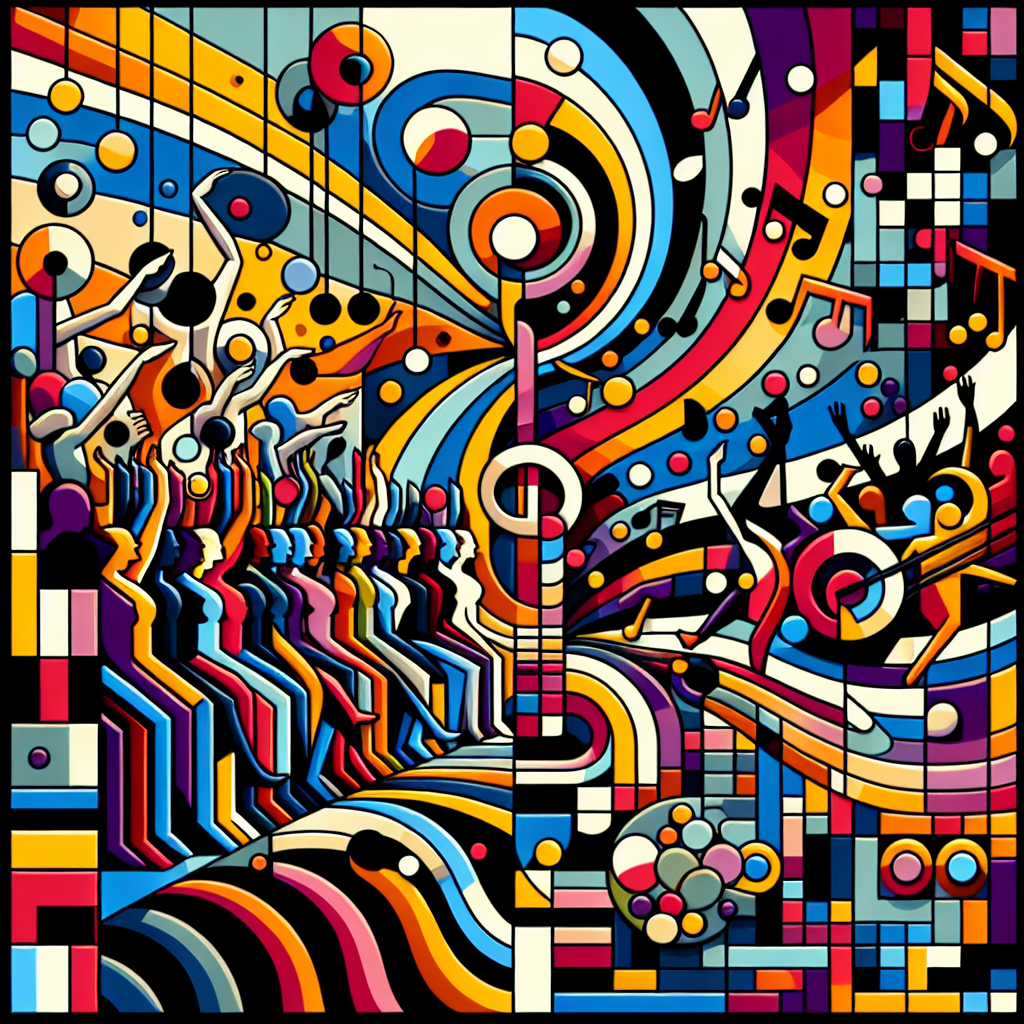-
Table of Contents
“`html
Synth Funk: The Groovy Blend of Synthpop and Funk

Synth Funk is a vibrant and eclectic genre that fuses the electronic elements of synthpop with the rhythmic grooves of funk. This unique blend has captivated audiences since its inception, offering a fresh take on both genres. In this article, we explore the origins, characteristics, and impact of Synth Funk, providing valuable insights and examples to enhance your understanding of this dynamic musical style.
Top 5 Tips for Understanding Synth Funk
- Explore the roots of both synthpop and funk to appreciate their fusion.
- Listen to key artists who pioneered the Synth Funk sound.
- Understand the role of technology in shaping the genre.
- Recognize the cultural impact and evolution of Synth Funk over time.
- Engage with modern artists who continue to innovate within the genre.
The Origins of Synth Funk
The emergence of Synth Funk can be traced back to the late 1970s and early 1980s, a period marked by significant technological advancements in music production. Synthpop, characterized by its use of synthesizers and electronic beats, was gaining popularity alongside the soulful and rhythmic sounds of funk. Artists began experimenting with combining these elements, leading to the birth of Synth Funk.
Influential Artists and Albums
Several artists were instrumental in shaping the Synth Funk sound. Prince, with his innovative use of synthesizers and funk rhythms, is often credited as a pioneer of the genre. His album “1999” is a quintessential example of Synth Funk, blending electronic sounds with funk grooves.
Another key figure is George Clinton, whose work with Parliament-Funkadelic incorporated synthesizers into traditional funk, creating a futuristic sound that resonated with audiences. The album “Computer Games” by Clinton is a landmark in Synth Funk history.
Characteristics of Synth Funk
Synth Funk is defined by its distinctive blend of electronic and organic elements. Key characteristics include:
- Synthesizers: The use of synthesizers is central to the genre, providing a wide range of sounds and textures.
- Funky Basslines: Funk’s signature bass grooves are a staple in Synth Funk, driving the rhythm and energy of the music.
- Electronic Beats: Drum machines and electronic beats add a modern touch to the traditional funk sound.
- Vocal Styles: Vocals in Synth Funk often feature a mix of soulful singing and electronic effects.
The Impact and Evolution of Synth Funk
Synth Funk has had a lasting impact on the music industry, influencing a wide range of genres and artists. Its fusion of electronic and funk elements paved the way for future musical innovations, including the development of genres like electro-funk and nu-disco.
Cultural Significance
The genre’s cultural significance extends beyond music, influencing fashion, dance, and visual arts. The vibrant and futuristic aesthetic of Synth Funk has been embraced by various subcultures, contributing to its enduring appeal.
Modern Synth Funk
Today, Synth Funk continues to evolve, with contemporary artists drawing inspiration from its classic sounds while incorporating modern production techniques. Bands like Chromeo and artists such as Daft Punk have kept the genre alive, introducing it to new audiences and ensuring its relevance in the modern music landscape.
Conclusion
Synth Funk is a testament to the power of musical innovation, blending the best elements of synthpop and funk to create a genre that is both timeless and forward-thinking. By understanding its origins, characteristics, and impact, we can appreciate the unique contributions of Synth Funk to the world of music. As the genre continues to evolve, it remains a vibrant and influential force, inspiring artists and listeners alike.
For more information on the history and development of Synth Funk, you can visit the Wikipedia page on Synth Funk.
“`




